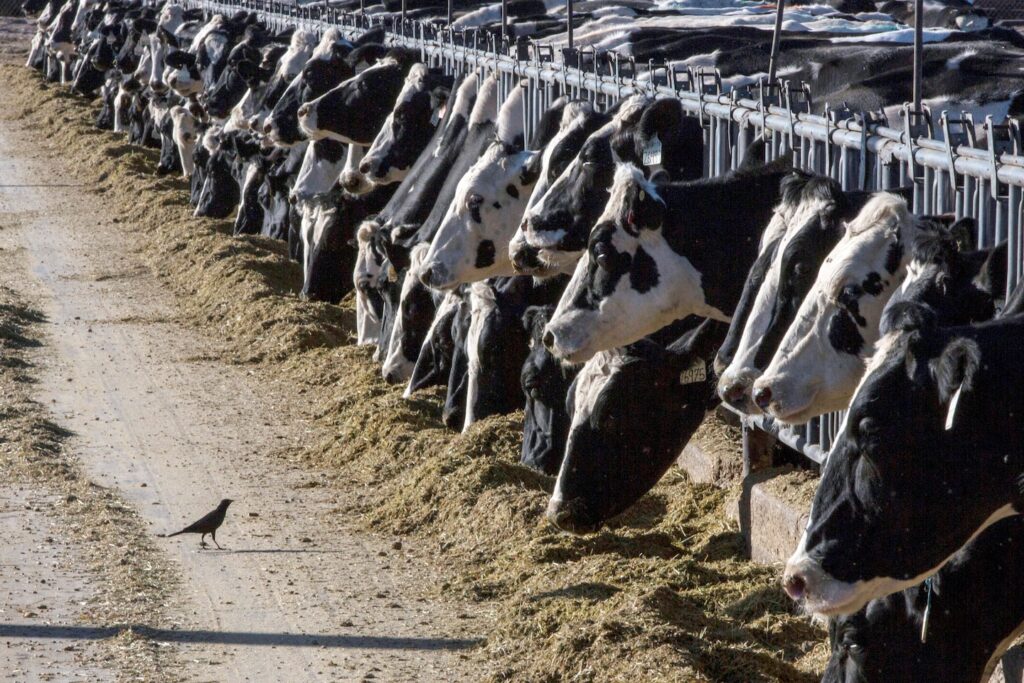of The incident set off an alarm Disease trackers monitor the worst-case scenario: human-to-human transmission of pathogens. This is a rare occurrence around the world, usually among families who work with animals. And the question arises whether this pathogen is now more easily transmitted between mammals.
But federal officials said the infections do not change the health risk assessment of bird flu for the general U.S. population, which the CDC considers to be low. However, people who have close or long-term unprotected exposure to infected birds or other animals (including livestock) or environments contaminated by infected birds or other animals are at increased risk of infection.
In 2022, a person in Colorado tested positive for the same type of bird flu. This individual had direct contact with poultry and was involved in the culling of poultry presumed to be infected with H5N1 avian influenza. The person's only symptom for several days was fatigue, but he has since recovered, according to the CDC.
Still, each time the virus changes — Caitlin Rivers, an epidemiologist at the Johns Hopkins Center for Health Security, said the recent emergence of the virus in cattle and the changing likelihood of cow-to-cow transmission represents a shift. .
Disease experts said there are several ways the virus could evolve, primarily that it remains a threat to animal health and could regress as it has in the past. Infections can persist in animals, but humans are not routinely infected. Or, in the worst case, Rivers said the infection has evolved to spread easily between people and will become the next pandemic.
The virus was detected in dairy herds in Texas and Kansas last week and has since spread to other herds. Cases have been confirmed in at least five states, adding to the evidence that the virus may be spreading from cow to cow. The strain has been confirmed in Michigan, and presumptive positive tests have also been reported from Idaho and New Mexico, federal officials announced Friday.
Epidemiologists are concerned that the number of mammals infected with highly pathogenic avian influenza (commonly known as HPAI) is increasing around the world. Avian influenza has been circulating around the world since 2020 and has been recorded to infect dozens of other mammal species, but it is rarely transmitted between mammals. Last month, HPAI was discovered in a baby goat in Minnesota, making it the first case of infection in domestic livestock in the United States.
Scientists fear the virus may have mutated in a way that makes it more contagious to humans. The U.S. Department of Agriculture said in a statement Friday that it has not seen any changes in the virus that would make it more transmissible to humans.
“Although there is potential for human infection in direct contact with infected animals, this indicates that the current risk to the public remains low,” the agency's statement said.
Texas officials will provide guidance to affected dairy farms on how to minimize worker exposure and how workers handling affected cattle should monitor for flu-like symptoms and get tested. are doing. The illnesses experienced by people infected with H5N1 influenza range from mild, such as eye infections and upper respiratory symptoms, to severe, such as pneumonia and death.
The state of Texas has issued a health alert for health care providers near the affected dairy farms to be on alert for possible human infection, and is recommending testing and treatment.
This is a developing story and will be updated.


